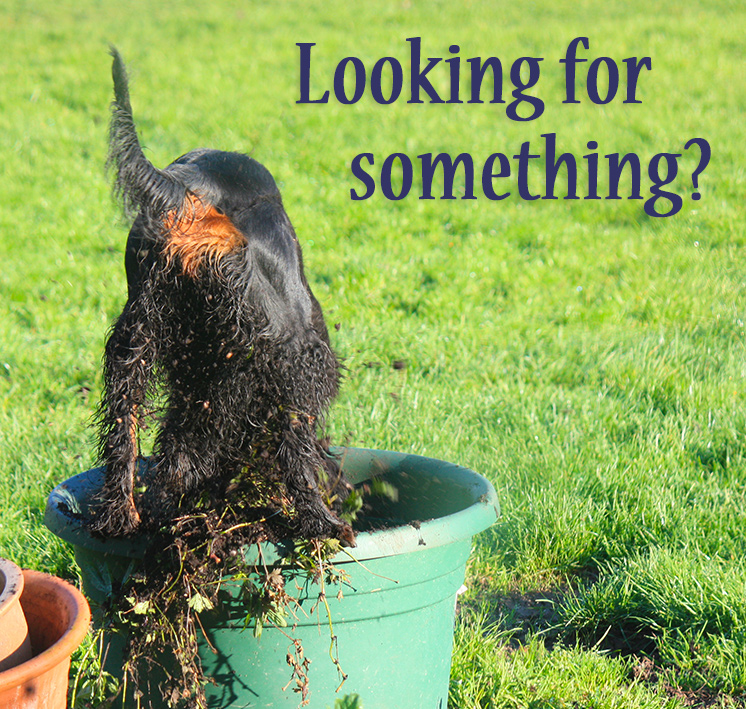Fitness Foundation Course
Lesson 6: Trotting
November 2018
– introduction
This gait probably has the most attraction, for people to watch and for other dogs to admire. I see the boys showing off their actions for the girls with a high stepping parade and a certain “poise” of availability. It is a little exaggerated perhaps displaying all the extra energy they can call upon as they display their suitability for stud!
It is the preferred gait in the conformation judging, but it is a bit naughty at covering poor movement, a walk is far more revealing. Trot action can mask imperfections through the momentum of the action.
Trot certainly requires a very specific fitness. Cantering and galloping require stamina and abilities to extend and power through a variety of balance points. Dogs with poor structures will simply over wear the wrong parts with over exercise and develop arthritic changes as they age. Galloping will experience a lot of impact particularly on the front legs.
Trot fitness is built from the feet upwards.
Trot fit
In this video (you can see I am not trot fit!) as I ask for Time to go around me in a circle I begin to change the height of the cup AND slow down the rate I turn around the circle. The distance from the cup is not relevant as it now becomes a cue and suggests the action rather than requires a fixation to the speed and positioning. It is our task to move at the correct speed around the circle to allow for a naturally contained action.
The cup elevation causes a slightly higher elevation in his head and reduction in ground cover as the front legs make ground contact slightly later. To be able to hold this greater elevation the dog adjusts their point of balance slightly further back increasing the load to the back legs. This requires a good fitness in the back legs and the back muscles. Although this can be carried to extreme where the topline takes on too much slope forcing the back legs to power forwards at an over angulated stride.
Teaching trotting
This is one of the hardest actions to secure. For dogs who have a shoulder height that is higher than our knee their trotting action is likely to be faster than our comfortable walk which results in:
Very little trotting practice
Broken stride where the dog alternates in and out of trot and walk
Pacing
Where dogs have been taught to maintain a position level with us either by punishment when out of position and/or reinforcement for maintaining they can often have compromised movement.
When they move into position alongside us this compromised movement will be elicited. By throwing the treat at some distance and encouraging the dog to surge towards us as we move away, we then stimulate a natural trot coming off the treat and blend the cup into that action.
A dog will need to learn how to trot under the cup before they can learn how to set off into a trot from standing. This takes a gathering of power and trust from the back legs to go straight into trot. If the dog first walks out standing they will need to kick-change their back feet to move up into a trot.
Your cup skills will be tested, ensure you can
- Toss in a straight line forwards of the action of the dog. They will need to anticipate that trot ends in a chase and contain their propulsion in anticipation
- Load the cup before the dog turns to come back to you
- Be moving away after toss
- Jog along with the dog if needed, forwards and backwards!
Whilst teaching this keep the energy up, keep the dog expecting frequent chases unless they begin to canter.
The pattern can be any segment of the race track, the curved ends, a curve and a straight, a straight and the curve start etc. Much will depend on the space you have available.

Trot fitness will be built:
- Driving forwards before collecting under the cup
- Maintaining a short elevated head carriage
- Trotting around the curve, both directions
- Building the mileage under foot
- Hopefully you will build trot fitness as well!
Signs of fatigue will be:
- The neck not lifting the dog’s head, and head wobbling
- Body rocking from side to side
- Breaking out of trot
- Falling out of the curve, this usually looks like an inward drop as the dog tries to come closer to the centre point of the curve (you).
Connect and Share
sounds like a biscuit …….
Comment?
You are welcome to comment. Comments are manually monitored.
Community
Building a community of trainers who are seeking to learn from the very best, and share around the world. When people with a passion get together, the learning explodes
More than a comment?
If you would like to add more than a comment, links to videos, creative ideas, solutions, your own article etc, please contact us direct – use the Get In Touch at the bottom of the page


0 Comments